The Third Crusade (1189-1192) was marked by the Siege of Acre, which lasted almost two years. The Third Crusade began when the Muslim warrior Saladin drove a force of Crusaders into the hills at the Battle of Hattin. Saladin went on to conquer Jerusalem in 1187. Guy of Lusignan, who had been king of Jerusalem, headed to the city of Acre with a small army, hoping to rebuild his political fortunes.The Crusaders built massive siege towers, four stories high — as high as the walls of Acre.
When the towers were ready, the Crusaders battled from them. Muslim archers battled back from the tops of the walls of the city. Meanwhile, foot soldiers piled rocks and brush into Acre’s moat; the filled moat would provide a foundation for the towers pull up alongside the walls of Acre. The Muslims threw boulders and pots of Greek fire from inside the city, but the Crusaders had again reinforced the walls of their towers. The Crusaders also tried unsuccessfully to destroy one of the city’s towers by ramming vessels loaded with combustibles into it. But due to shifting wind, only the ships were damaged.
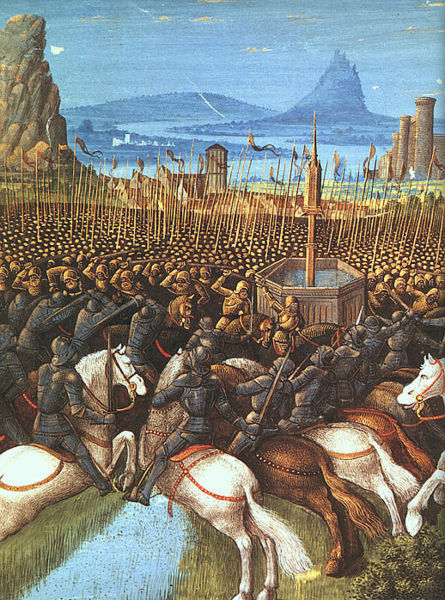
''When news of the Christian defeat reached Pope Urban III, according to legend, he died of shock. Just two years later, the Third Crusade was launched (1189-1192), but the Europeans under Richard the Lionhearted could not dislodge Saladin from Jerusalem.''
The siege picked up again when Richard I of England and Phillip II of France arrived in 1191. The French tunneled under one of the towers and then set the supporting timbers on fire, while the rest of the army bombarded the city from outside with siege engines, such as catapults. The French named one of their catapult’s “God’s Own Sling.” Saladin was unable to rescue Acre, and the city surrendered in 1191. The Crusaders’ ability to cut off Saladin’s reinforcements, while receiving reinforcements of their own, ensured the success of the siege.
After King Richard attempted to pawn off his sister Joan to Saladin’s brother Saphadin as a bargaining chip to get access to Jerusalem; he was somewhat at a loss for supplementary after the would be couple balked at dropping their pride for the sake of peace. Richard then decided to foresake Jerusalem and installed himself Ascalon, cutting the road between Syria and Egypt and blocking Saladin’s trade access to Egypt.
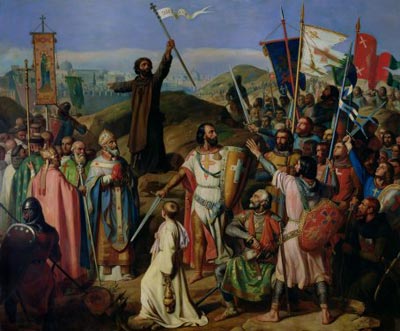
''Jean Victor Schnetz/The Bridgeman Art Gallery/Getty Images The Crusaders march around Jerusalem.''
Therefore, at the end of March, 1192, Saladin for the first time made overtures for peace, instead of waiting for Richard’s envoys. Saphadan came down to Ascalon with an offer. The Franks, he proffed, might have all the coast cities they had conquered in addition the harbor of Beirut, they could enjoy free access to the Holy Sepulchre, and as a bonus, the True Cross would be returned. Sapahadan was entertained as Richard’s guest, and during the festivities Richard knighted his son. But the negotiations petered out.
Reports had reached Richard of his brother’s constant encroachments in England. But before he could leave the Holy Land, he had to settle the rivalry between King Guy Lusignan and Conrad de Montferrat. King Guy consented to abdicate, taking Cyprus as compensation; the Conrad, the unanimous choice of the barons, was murdered by the Assasins, the followers of the Old Man of the Mountain whose motive for the crime is still obscure. Eventually, a compromise candidate was found, nephew to both King Richard and King Philip. When Henry of Champagne was proclaimed King of Jerusalem, Richard at last had the support of every Frank in Outremer. To cement his claim Henry married Isabella, then twenty-one, seven days after her husband’s death.
If Richard would evacuate Ascalon, saphadin upped the ante, allowing Christian priests to minister in the Holy Places. Richard still argued, hoping to gain these terms and keep Ascalon too, but peace seemed so near that he moved north two weeks later to Acre , planning to embark for Europe. Suddenly, Saladin swooped on weakly held Jaffa and Richard was taken unawares. Within three days the Moslems breached the town wall, and the small garrison retreated to the castle. But Richard hastened to the rescue. Richard had taken the sea route and arrived before his loitering army. Richard had with him only eighty dismounted knights, a handful of crossbows, and the Italian s
rs of his ships. He waded ashore, and with his small force drove the Moslems from Jaffa.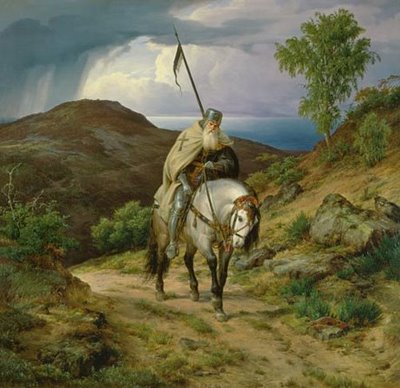
''The Return of the Crusader (1835) by the German painter Carl Friedrich Lessing (1808-1880).The Romantic painter Lessing shows an old disillusioned warrior coming home. Sure that he left a lot of his ideals back there in the war. May be that some crusaders returned like this, but painting must be seen in the context of the conservative restoration in Europe that ended the liberal and national dreams.''
Next morning Saladin sent his chamberlain to seek peace, still offering large concessions in return for Ascalon. Richard would not yield, but offered to hold it as a fief under Saladin. This might have worked if there had been a genuine peace . There was no compelling reason why Christian knights should not fight for Saladin against his Moslem enemies. But Saladin did not trust feudal tenures and the offer was refused.
Richard and his escort camped outside the walls of Jaffa, for the town was littered with unburied dead. The Moslems, while killing the unarmed citizens, had also killed all the pigs, and fragments of pork had been deliberately mingled with fragments of Christians; so burial was a slow and arduous process. The Frankish army had still not arrived when, on August 5, Saladin made a sudden assault on the unwalled bivouac.
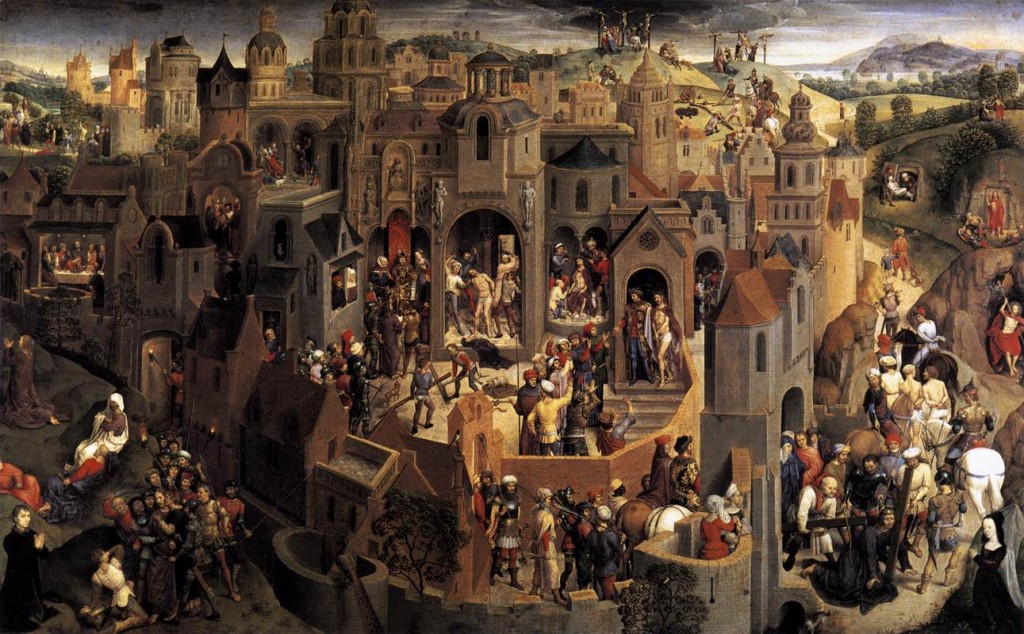
Hans Memling. 1470. ''This work is the first in a series of narrative paintings which came to represent an important aspect of Memling's oeuvre. It is a `simultaneous painting' and like the Munich Advent and Triumph of Christ belongs to the landscape-cum-architecture type. Jerusalem features at the centre of the painting as a condensed version of the circular lay-out of a medieval city. Most of the buildings are tower constructions with porticos in a pseudo-Romanesque style topped with domes. These are intended to evoke the exotic character of an Eastern city, while also creating a variety of settings for the action. The overall effect is that of a complex stage set.''
Richard had about 2000 mens, and only fifteen horses. With this force he withstood the attack of 7,000 Turkish cavalry. In the afternoon, watching from his usual post with the reserve, saw Richard counter-attack. Then, suddenly the king of England was down, his horse killed under him. Overwhelmed by such a display of courage, Saladin made the noblest gesture of his life. Through the thick of battle he sent a groom, leading two horses as a gift to his brave enemy. At the end of the day, the Moslems marched back in good order to Jerusalem.
Negotiations began again, the usual presents were exchanged and a treaty was signed on September 2. At once a crowd of Western Crusaders visited the Sepulchre and then took the next ship home; Moslem emirs visited Jaffa to spend their pay on Western trinkets, and then returned to Saladin. That had been from the beginning Richard’s handicap; his men would go home when they had fulfilled the pilgrimage, but Saladin’s men were already at home.
Before leaving, Richard sent a last message to Saladin, boasting that when the five years of peace were over he would come back to storm the Holy City. Saladin answered that he would do his best to hold it, but if God willed otherwise, RIchard was the man most worthy to conquer it. Saladin had retained his conquests at the cost of his life. He died on March 4, 1193, in his fifty-fifth year worn out by his exertions.
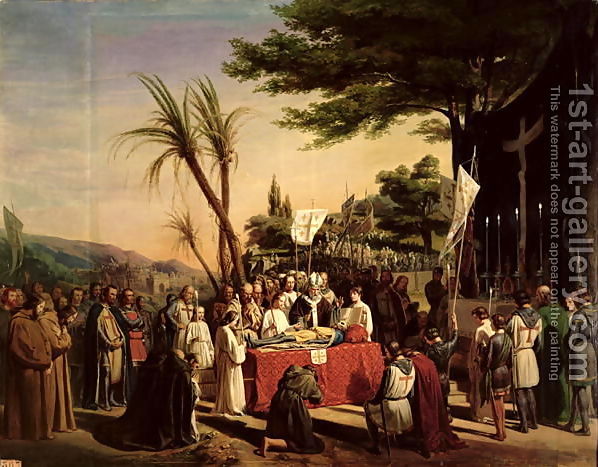
Handmade oil painting reproduction of Funeral of Godfrey of Bouillon (c.1060-1100) in Jerusalem, 23rd July 1100, 1838, a painting by Edouard (Francois Berthelemy Michel) Cibot.
As king of England, Richard was a failure; only in Outremer did he show himself a statesman. His plan for a neural kingdom of Jerusalem might have satisfied all parties if he could have persuaded his sister to marry a Moslem. He perceived that military victory was within his reach and that military victory would dissolve his army. To the end, he bargained boldly and saved what could be saved; a thin strip ninety miles long and less than ten miles wide. But because he had given it an indispensable base in Cyprus, the kingdom of Jerusalem endured for another century.
”On the one hand, a historian recently wrote “The impact of the Crusades on the Islamic world was not nearly so great as on Europe. . . though charged with the stuff of romance, the Crusades had little lasting impact on Islamic lands. . . The challenge to the Muslims, with their impotent calif and endemic political fragmentation was unification to face the European enemy.” He also noted “The three crusades of the eleventh and twelfth centuries signaled the end of western Europe’s centuries of isolation, not just political but intellectual” and that “…later Crusades often combined religious motives with actions to improve Latin Christians’ competitive advantage in the trades from the East.”
On the other hand, while the West spoke of a “crusade,” the Arab world spoke of “the Frankish invasion.” Journalist Amin Maalouf in The Crusades Through Arab Eyes (1984) notes “The Arab world—simultaneously fascinated and terrified by these Franj [Franks], whom they encountered as barbarians and defeated, but who subsequently managed to dominate the earth—cannot bring itself to consider the Crusades a mere episode in the bygone past. It is often surprising to discover the extent to which the attitude of the Arabs (and the Muslims in general) towards the West is still influenced, even today, by events that supposedly ended some seven centuries ago.’ ”


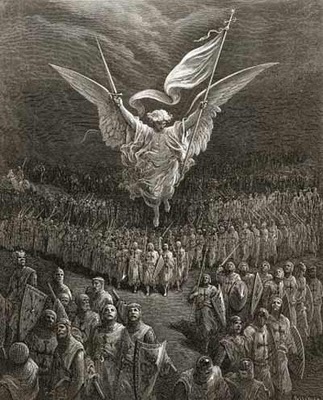
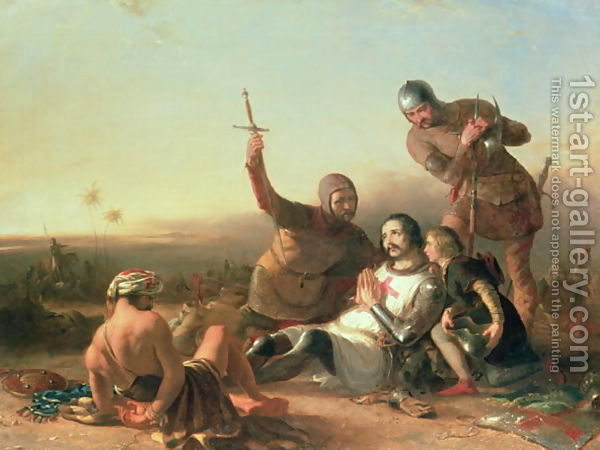
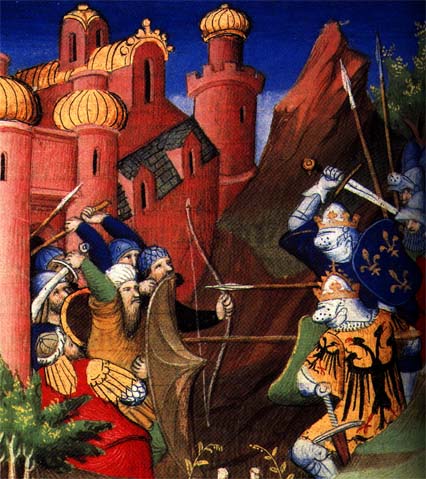



 COMMENTS
COMMENTS